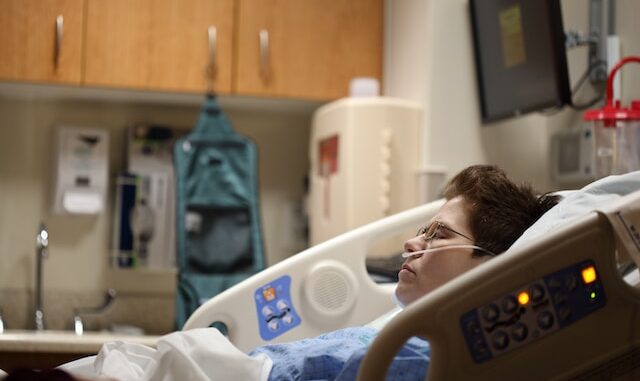
Anesthesia practices involve providing physical or psychological comfort to patients undergoing medical procedures. The anesthesiologist is responsible for monitoring and controlling the patient’s vital signs, such as heart rate, respiration, oxygenation, and blood pressure; ensuring that the patient is comfortable during their procedure, and administering anesthesia medications when necessary.
Running an anesthesia practice is a complex and costly endeavor. The necessary medical equipment, supplies, and personnel can be quite expensive. However, if appropriately managed, the costs associated with the practice can be kept low by controlling inventory, monitoring supply costs, and carefully budgeting for staffing needs. Additionally, staying up to date with new technology can help anesthesiologists maximize efficiency and minimize wasted time, energy, and resources.
In this article, we will explore the financial considerations of running an anesthesia practice. We will also discuss safety and smart practices necessary for providing anesthesia services and how staying ahead of the curve in terms of technology can help your practice remain competitive.
Financial Considerations for Setting Up an Anesthesia Practice
The most important financial consideration when setting up an anesthesia practice is the cost of equipment. Anesthesiologists will need to purchase sophisticated medical equipment, such as ventilators, monitors, and other monitoring devices. They may also require specific supplies, such as medications, needles, syringes, and disposable items.
On top of that, they’ll need to account for staff salaries, building costs (if the practice is in a separate facility), and other overhead expenses. Additionally, anesthesiologists will need to budget for ongoing training and continuing education and reimbursement of malpractice insurance fees.
Equipment and Staffing Needs to Run a Successful Anesthesia Practice
In addition to the financial considerations, anesthesiologists also need to ensure they have the right equipment and personnel in place to run a successful practice.
The most critical pieces of medical equipment for an anesthesia practice include ventilators, monitors, and other monitoring devices; medication delivery systems; IV pumps; resuscitation carts; and airway management supplies.
Additionally, anesthesiologists should ensure that they have adequate staff to monitor and manage patients during procedures, as well as adequately trained technicians to handle anesthesia-related tasks.
Safety Measures Necessary for Providing Anesthesia Services
Safety must be the top priority when providing anesthesia services. Anesthesiologists should ensure that all medical equipment is properly calibrated and functioning correctly, that drugs are not expired or contaminated, and that personnel are adequately trained to use the equipment.
They should also have protocols in place outlining what to do in case of a patient emergency, such as documenting any changes in patient vital signs or reactions to medications. Additionally, anesthesiologists should adhere to standards of care and safety protocols specified by the American Society of Anesthesiologists.
Staying Ahead with Technology to Keep Your Practice Competitive
To remain competitive in a constantly changing industry, it is important for anesthesia practices to stay ahead of the curve when it comes to technology. This can involve using anesthesia medical billing software or other technologies that automate and streamline processes. Additionally, by attending conferences and seminars, anesthesiologists can stay abreast of the latest advances in the field.
You should also consider investing in the latest medical equipment, such as imaging devices or robotic-assisted surgical systems. This can help keep your practice competitive and provide better patient results.
Conclusion
Running an anesthesia practice involves many financial considerations and complexities that must be managed effectively to ensure success. Anesthesiologists should ensure they have the necessary equipment and personnel in place, as well as adhere to safety measures and stay ahead with technology. By understanding the financial considerations of running an anesthesia practice and following best practices, anesthesiologists can ensure their practice remains successful and competitive.
Do you have any other questions about running an anesthesia practice? Feel free to contact us for more information.
